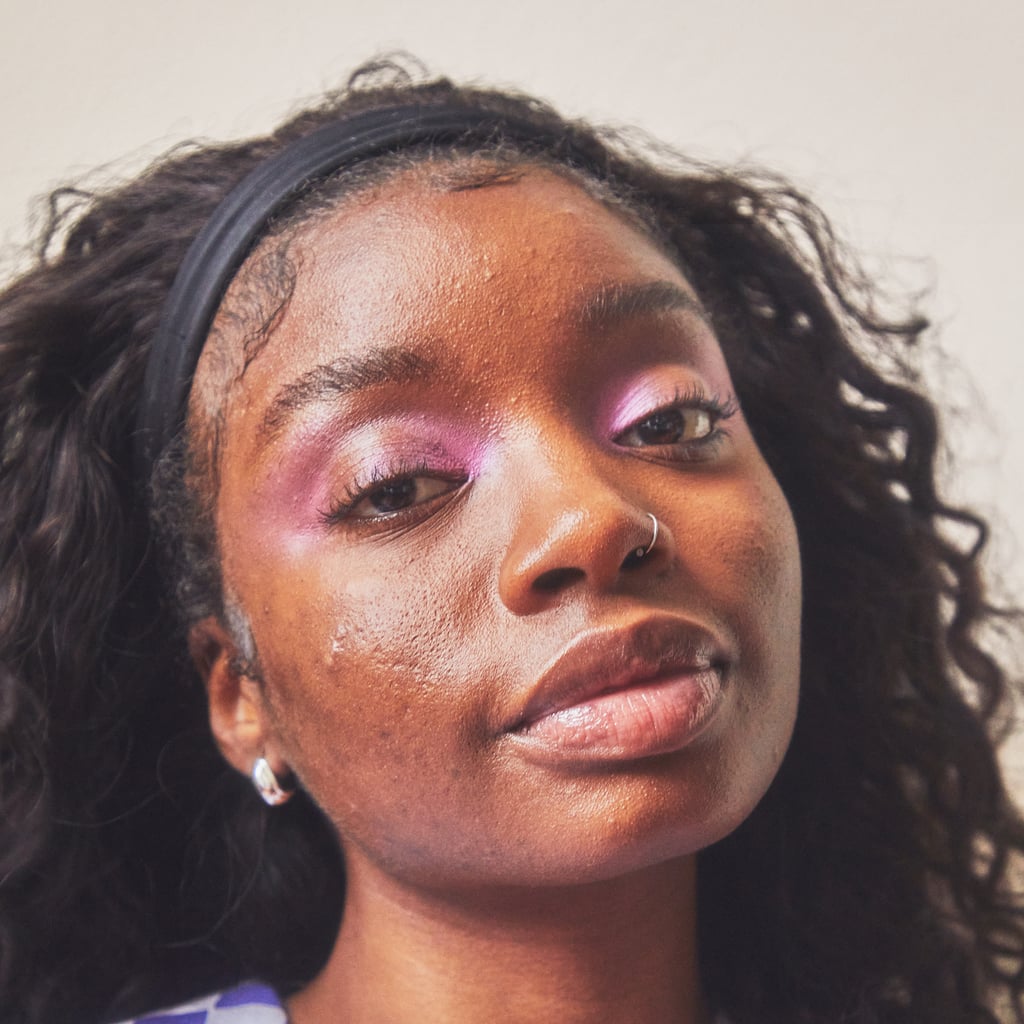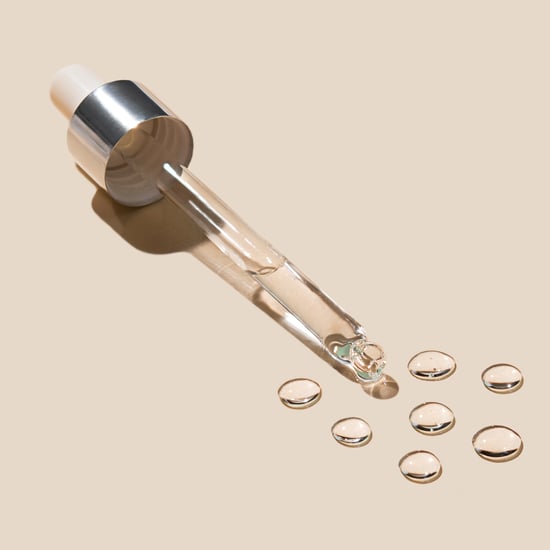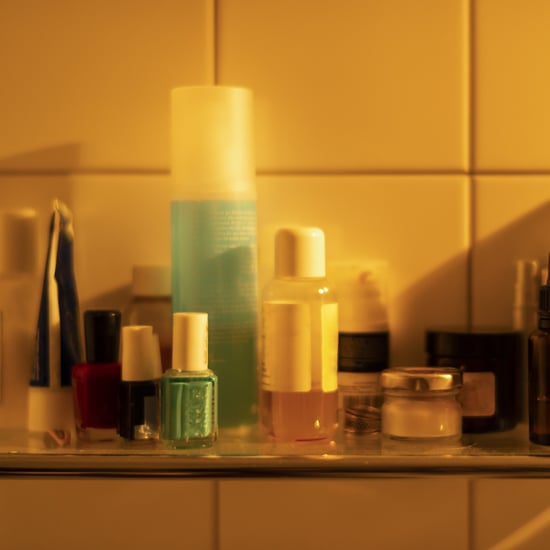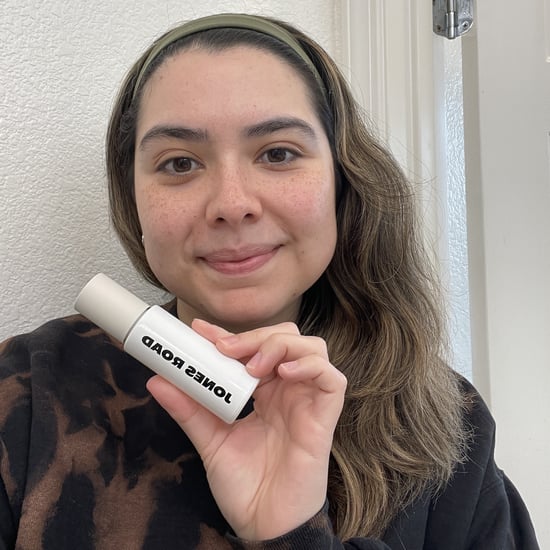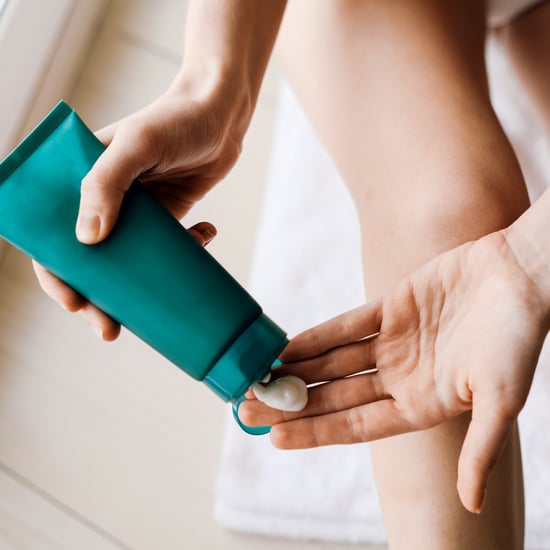Skin Texture Vs. Acne: Differences and Treatment
How To Tell Between Acne and Your Normal Skin Texture
As POPSUGAR editors, we independently select and write about stuff we love and think you'll like too. If you buy a product we have recommended, we may receive affiliate commission, which in turn supports our work.
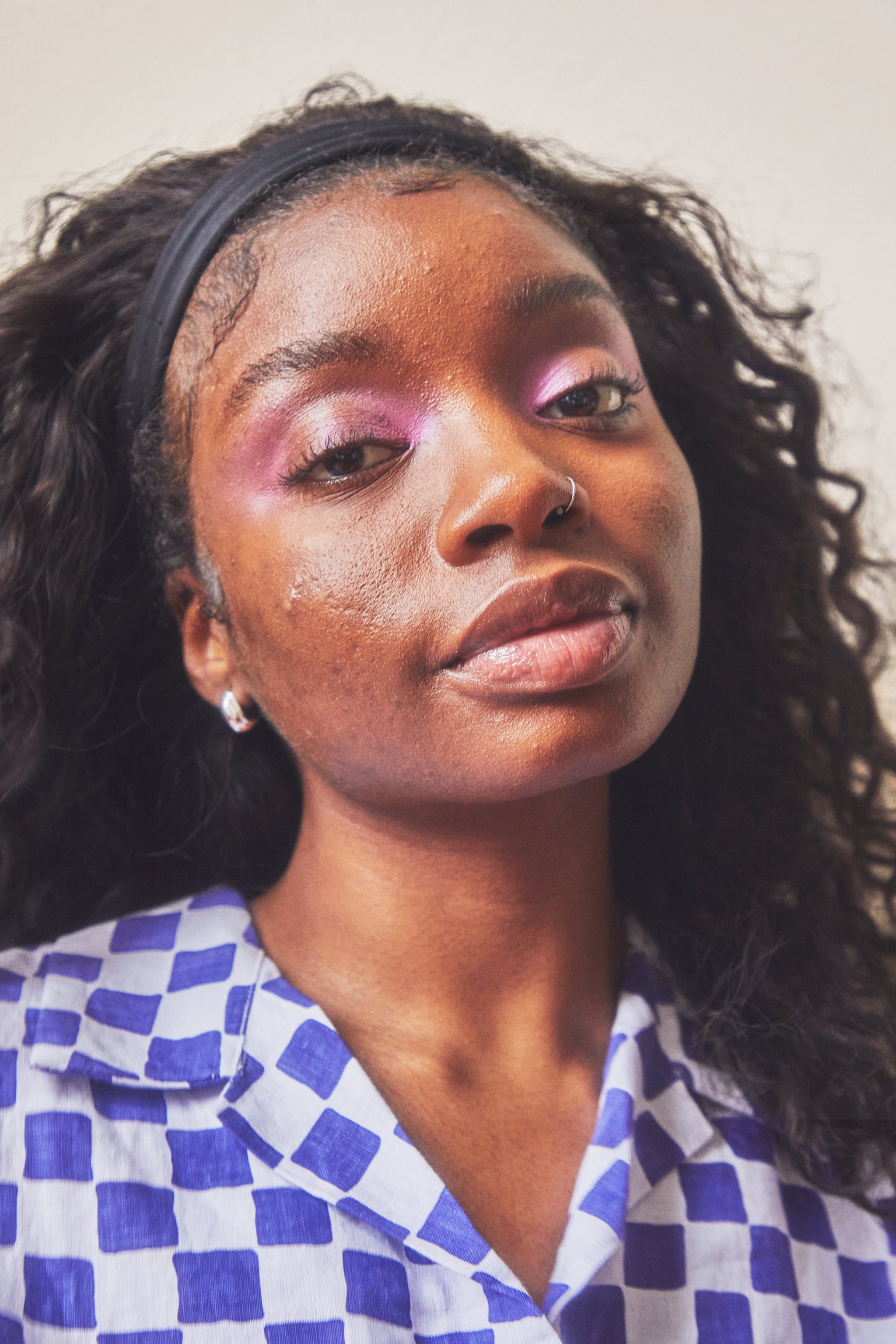
It's not uncommon to experience acne well into adulthood. In fact, according to the American Academy of Dermatology, acne is the most common skin condition in the United States, impacting up to 50 million people annually. Still, how can you tell if those bumps on your face are truly breakouts or if it's just your normal skin texture? While many people think the two are interchangeable, there is a difference.
"Skin texture is defined by how smooth the skin surface looks and feels," board-certified dermatologist, Naana Boakye, MD, MPH, and founder of Bergen Dermatology, tells POPSUGAR. "Increased skin surface roughness, fine superficial lines, dull/dry skin, skin redness, uneven pigment distribution, and loss of elasticity can contribute to an uneven skin texture."
To better understand the difference between skin texture and acne, as well how to treat them, we asked Dr. Boakye everything you should know, below.
What Causes Uneven Skin Texture?
Skin texture can be caused by a host of factors. "The texture of the skin changes due intrinsic (genetic and ageing) and extrinsic factors," Dr. Boakye says. "There are also quite a few environmental factors that come into play that also cause skin texture, such as exposure to: UV radiation, air pollution, and smoking. Additional factors that may influence your skin's texture are your nutrition and psychological stressors.
These can lead to the creation of what are called "reactive oxygen species," which are a type of unstable molecules that contains oxygen and easily react with other molecules in a cell. This can cause inflammation, which in turn can trigger a breakdown in collagen and increased hyperpigmentation, leading to an increase in changes in the skin texture.
What Is the Difference Between Skin Texture and Acne?
The main difference between skin texture and acne are the root causes. While skin texture is typically a result of the aforementioned factors, acne has a different etiology. "Acne is a chronic inflammatory condition that involves the pilosebaceous unit — the hair shaft, the hair follicle, the sebaceous gland, and the erector pili muscle — which is what causes hair to stand on end when it contracts," Dr. Boakye says. "There is an increase in sebum production, which gets trapped in the unit via hyperkeratinization (or a trapped pore). The pore then swells and this ultimately leads to inflammation."
While not all acne cases are the same, bacteria is also a common factor involved in the pathogenesis of acne and can cause a lot of the presenting symptoms that you may be more familiar with.
How To Treat Skin Texture Vs. Acne
As can be expected, the treatment for skin texture is substantially different from the treatment of acne. However, it is pretty likely that you already have the products needed to address skin texture in your skin-care routine.
"Every skin-care routine should contain cosmeceuticals that contain antioxidants that help protect against exposomal factors such as air pollution and UV radiation," Dr. Boakye says. "It is also important to wear sunscreen that protects against ultraviolet and visible light. Moisturising the skin barrier is also key to helping reduce transepidermal water loss."
One of Dr. Boakye's favourite antioxidant serums is the The Pro-Ageing Drops Skin Wellness Serum ($150) from her skin-care line, Bergen dermatology. "This serum has antioxidants that help rejuvenate the skin," Dr. Boakye says. "Featuring niacinamide, bakuchiol, green tea polyphenols, with daily use, this product effectively improves the appearance of fine lines, wrinkles, uneven skin tone and discoloration while smoothing surface texture and revealing a luminous, clear complexion."
Though everyone's skin texture might change as you age, there are steps that you can take to address it early on. Dr. Boakye also recommends the Kinlo Protection and Recovery Duo ($33), as this sunscreen line has UVA, UVB, and visible light protection, and it also helps with reducing pollution induced free radicals.
When it comes to treating acne, you want to first identify the type of acne you have. Then, you can focus on the ingredients that are proven to treat said type. "Salicylic acid, retinols/retinoids, benzoyl peroxide, and sulfur agents, are some of the key ingredients to look for in products," Dr. Boakye says. "However, when it comes to acne, it is best to see a dermatologist early to minimize any scarring."
Skin texture and acne are normal, so don't be discouraged if you have either (or both) conditions. Part of the journey to effectively treating these concerns is being able to properly identify the condition in the first place. If you've made it this far, take a deep breath — you're already halfway there.
